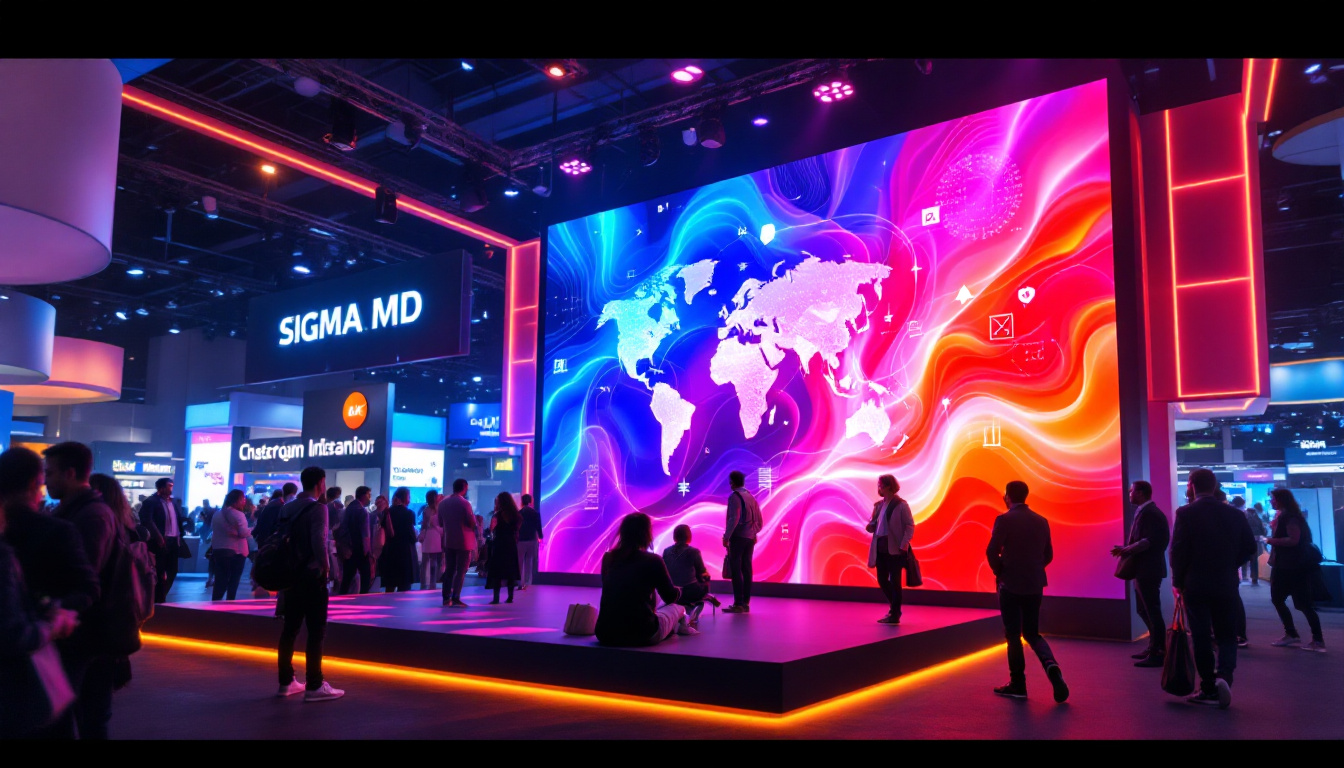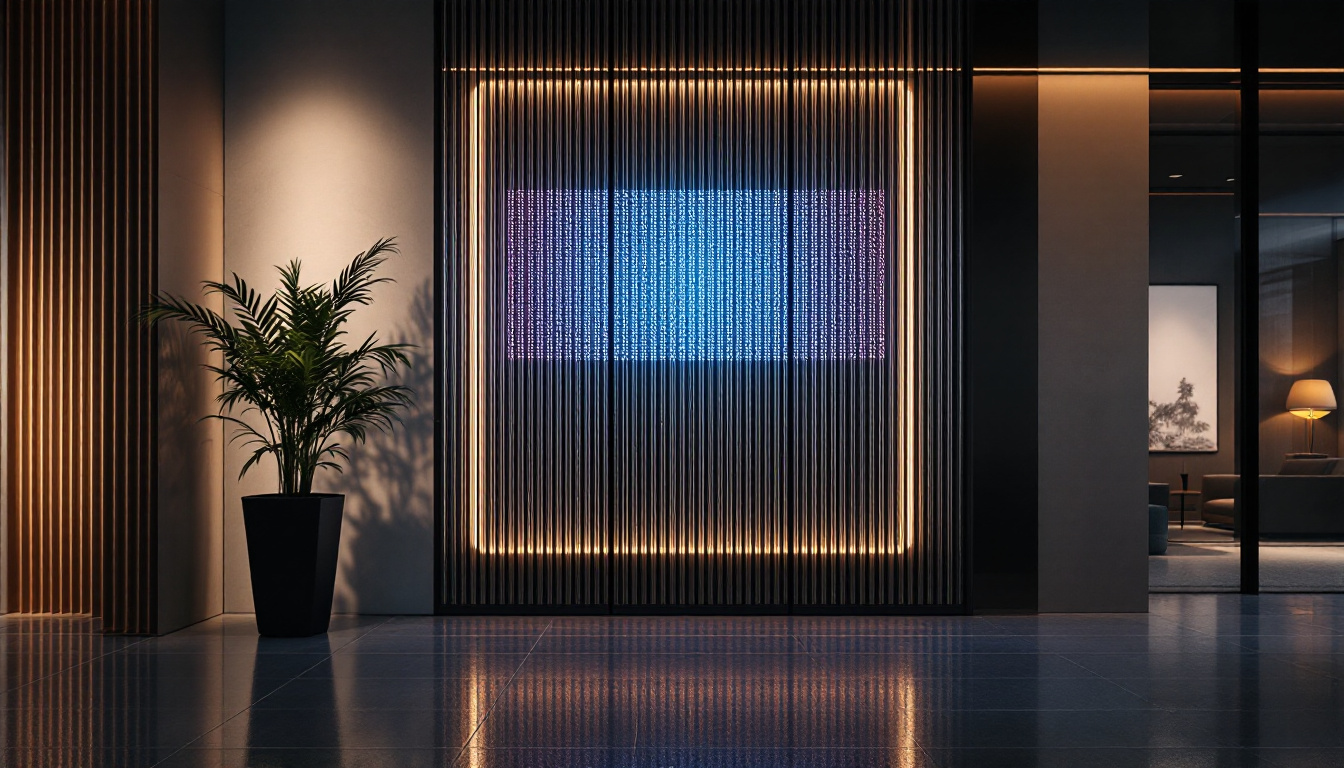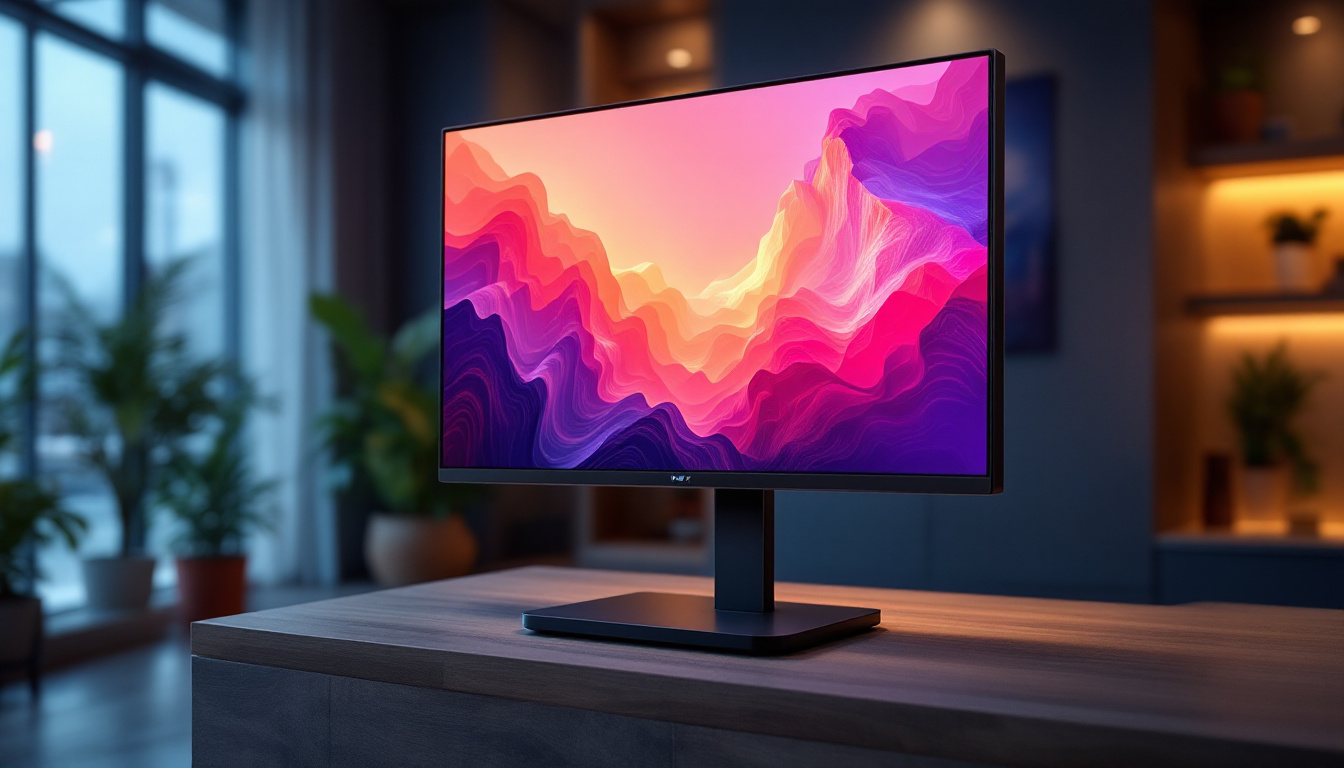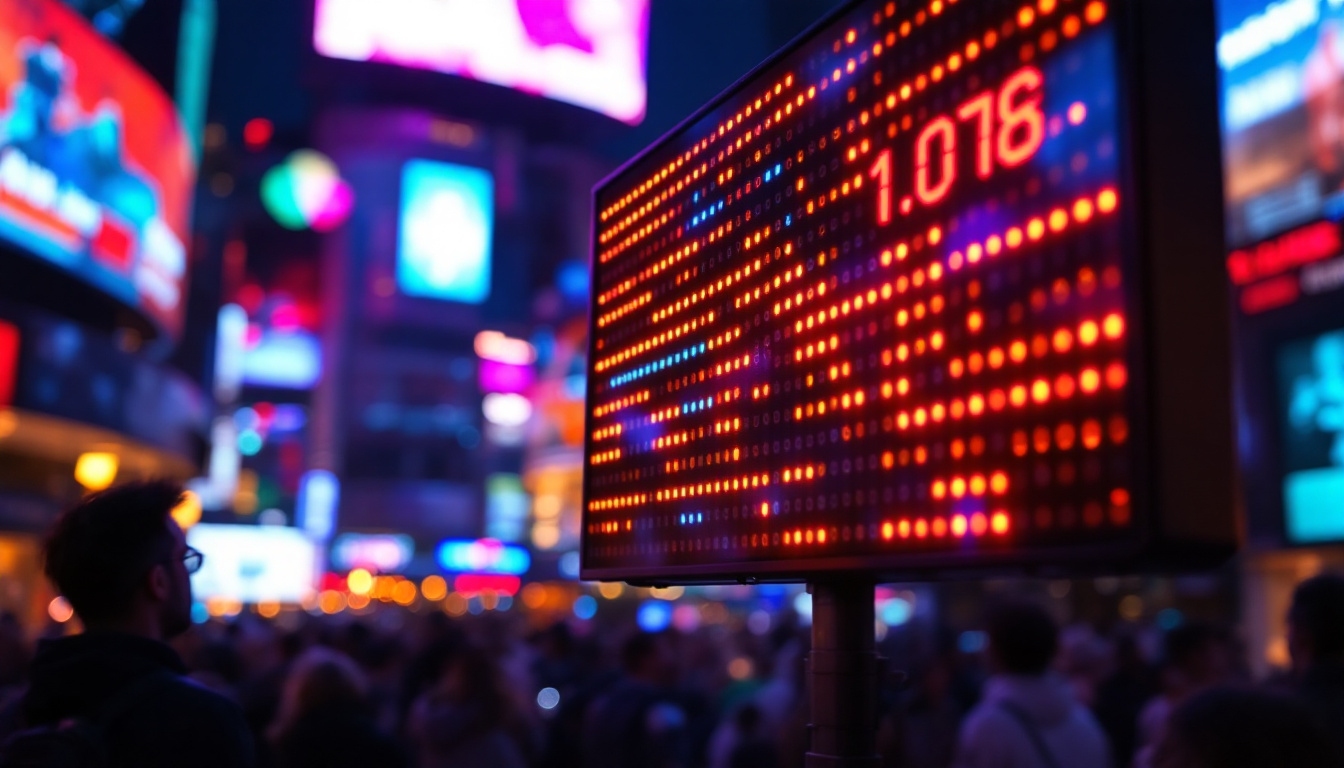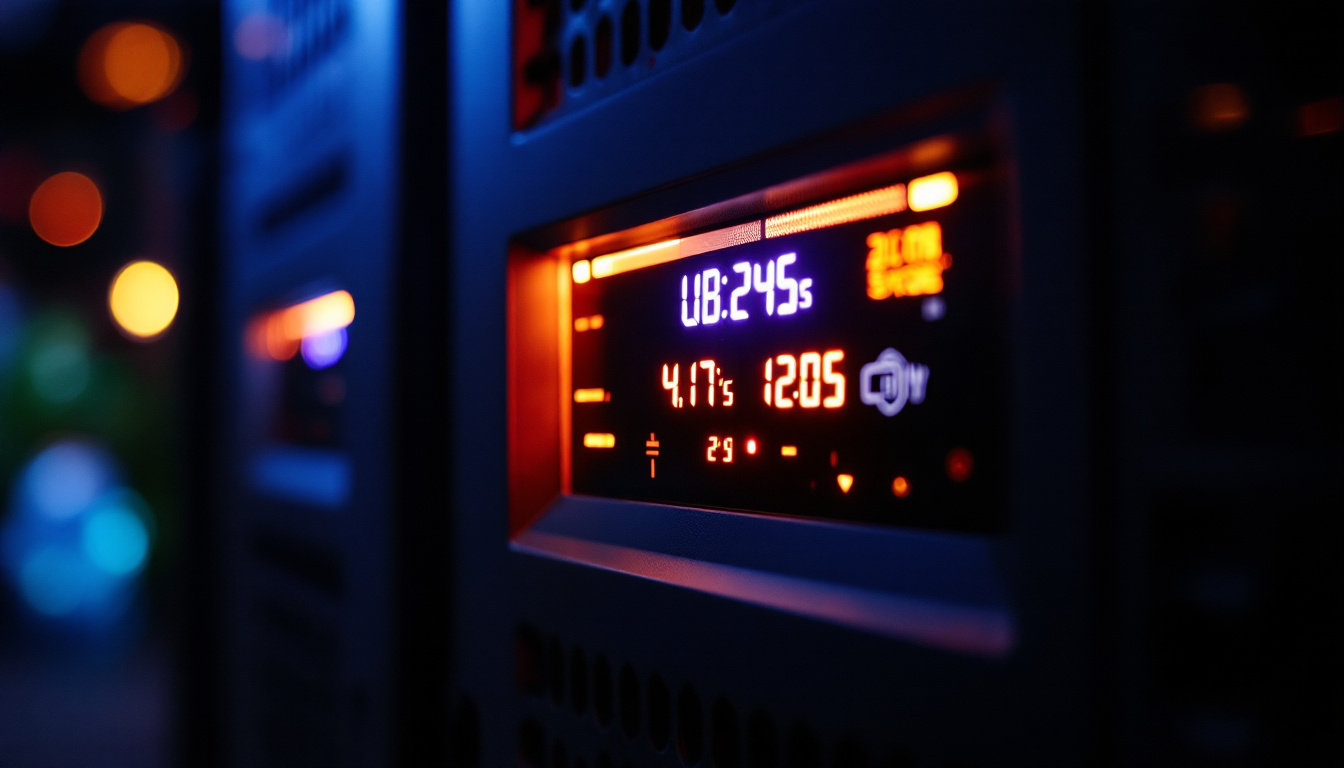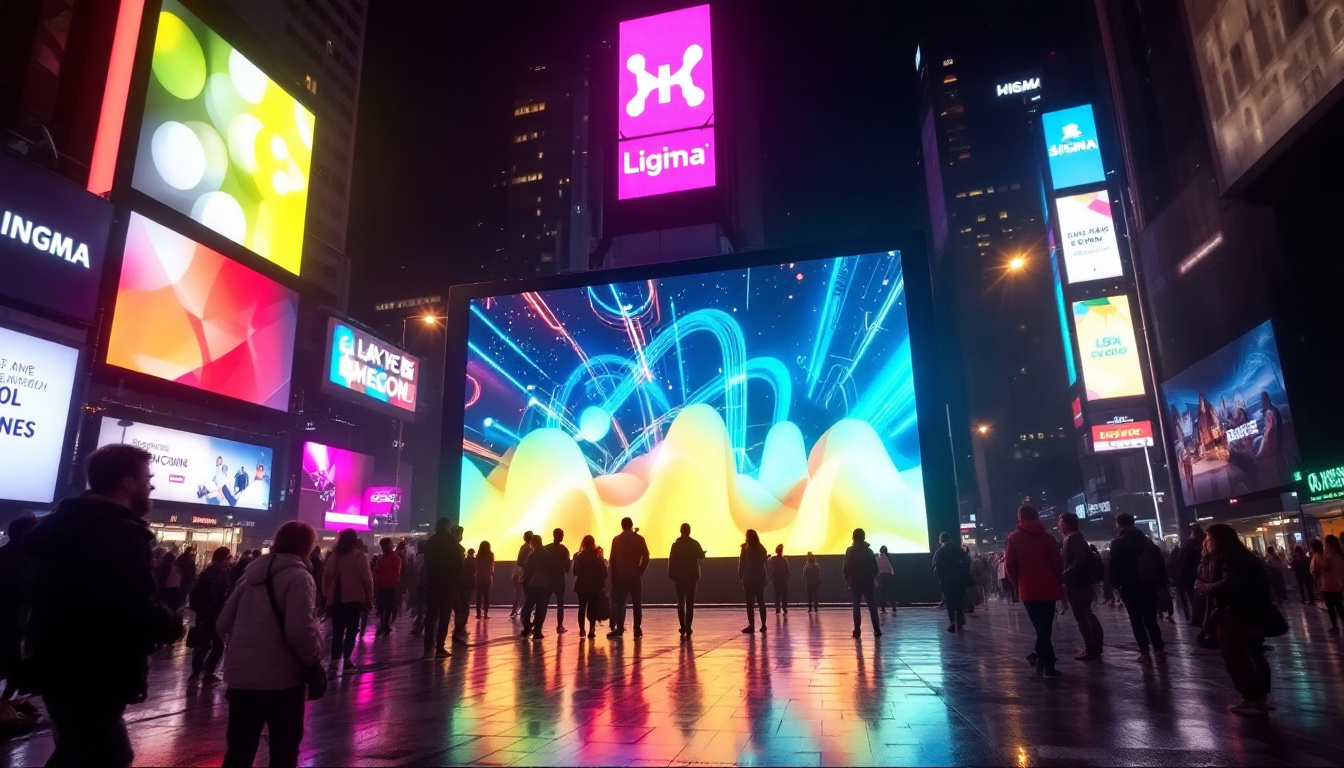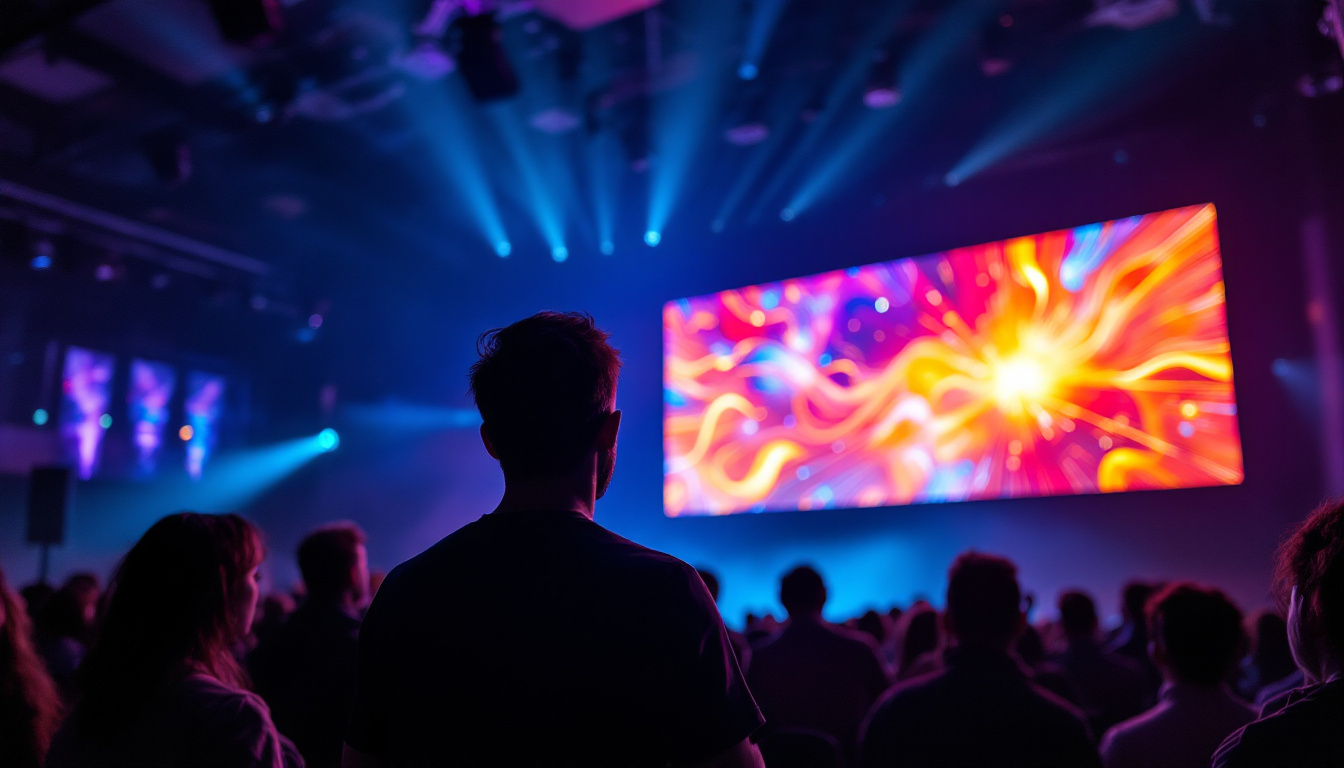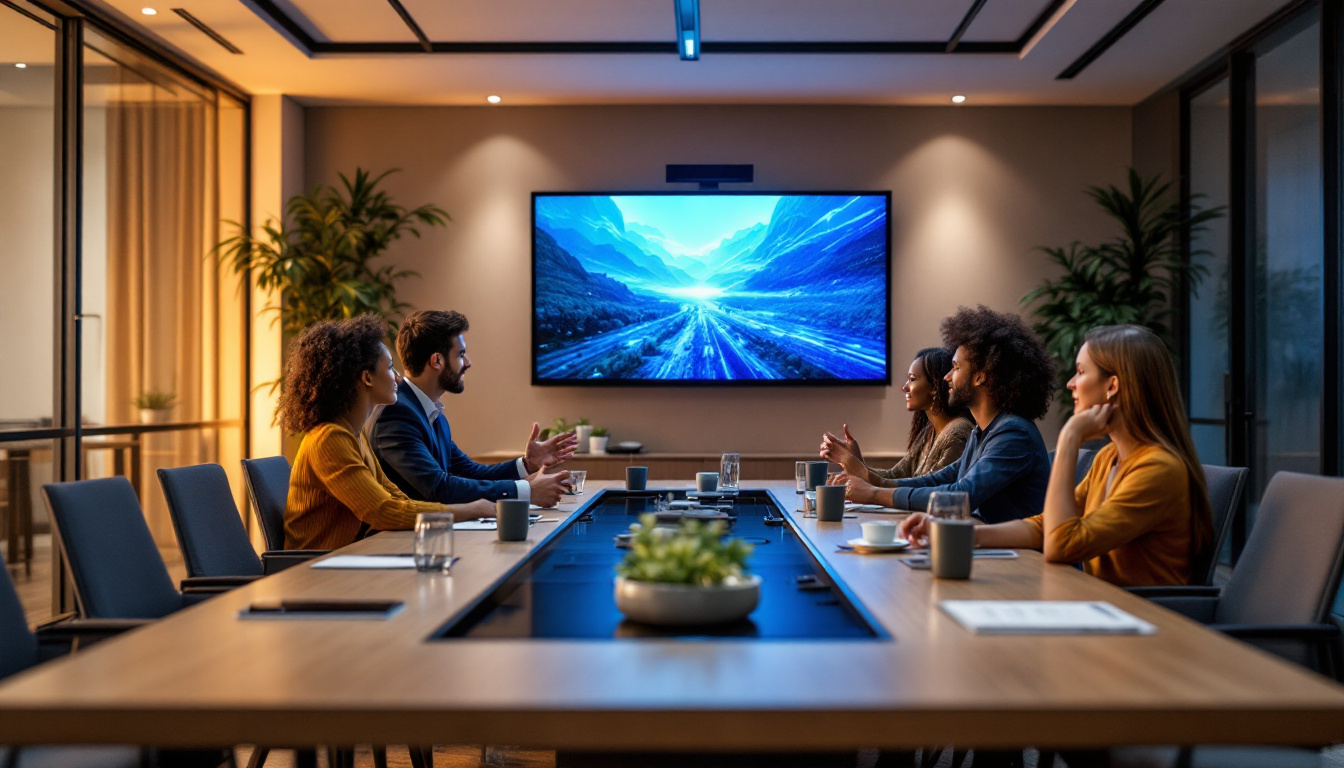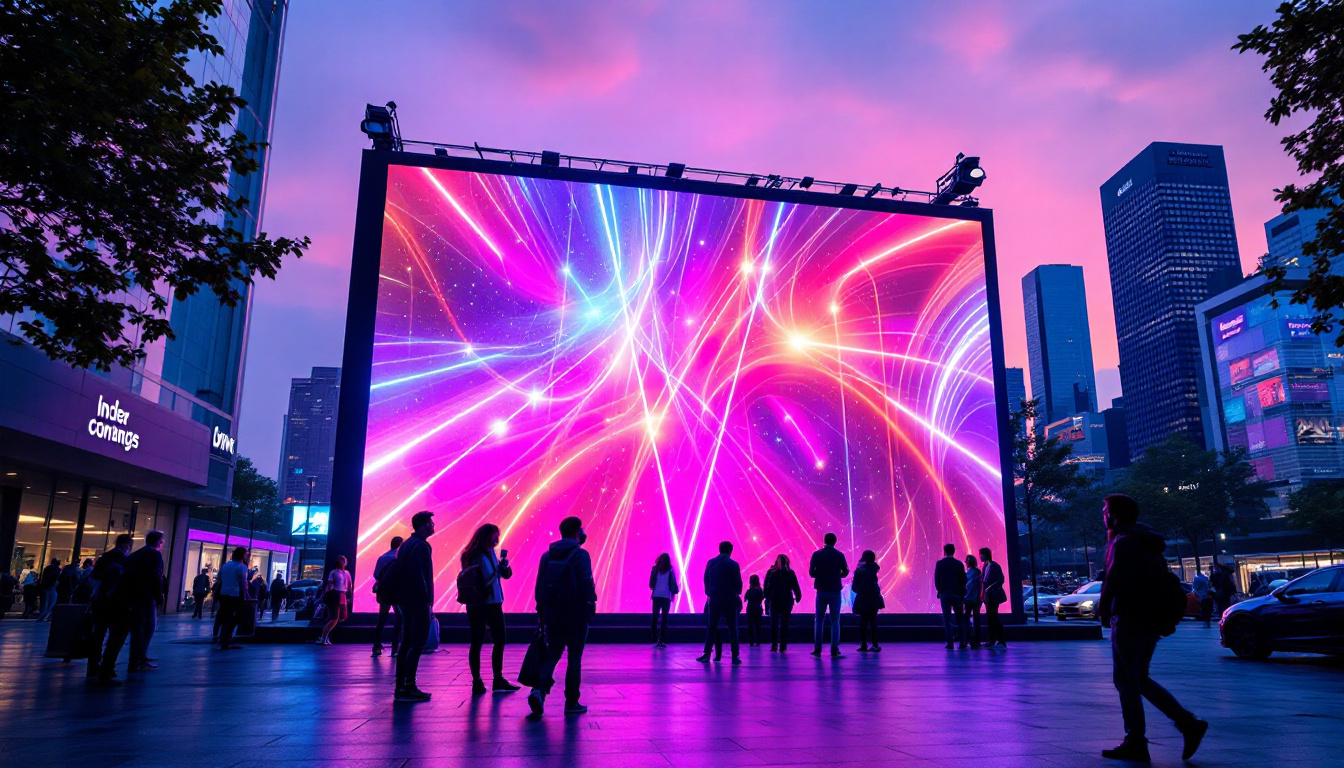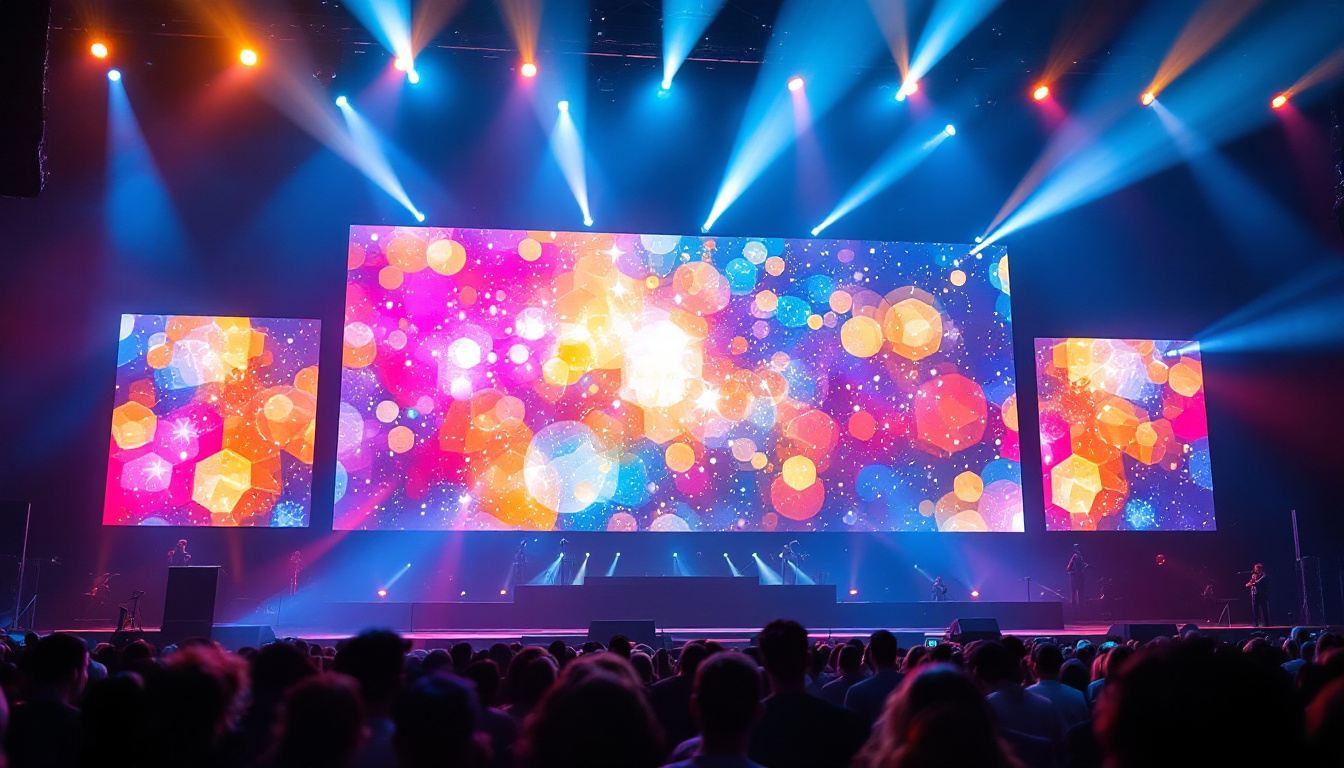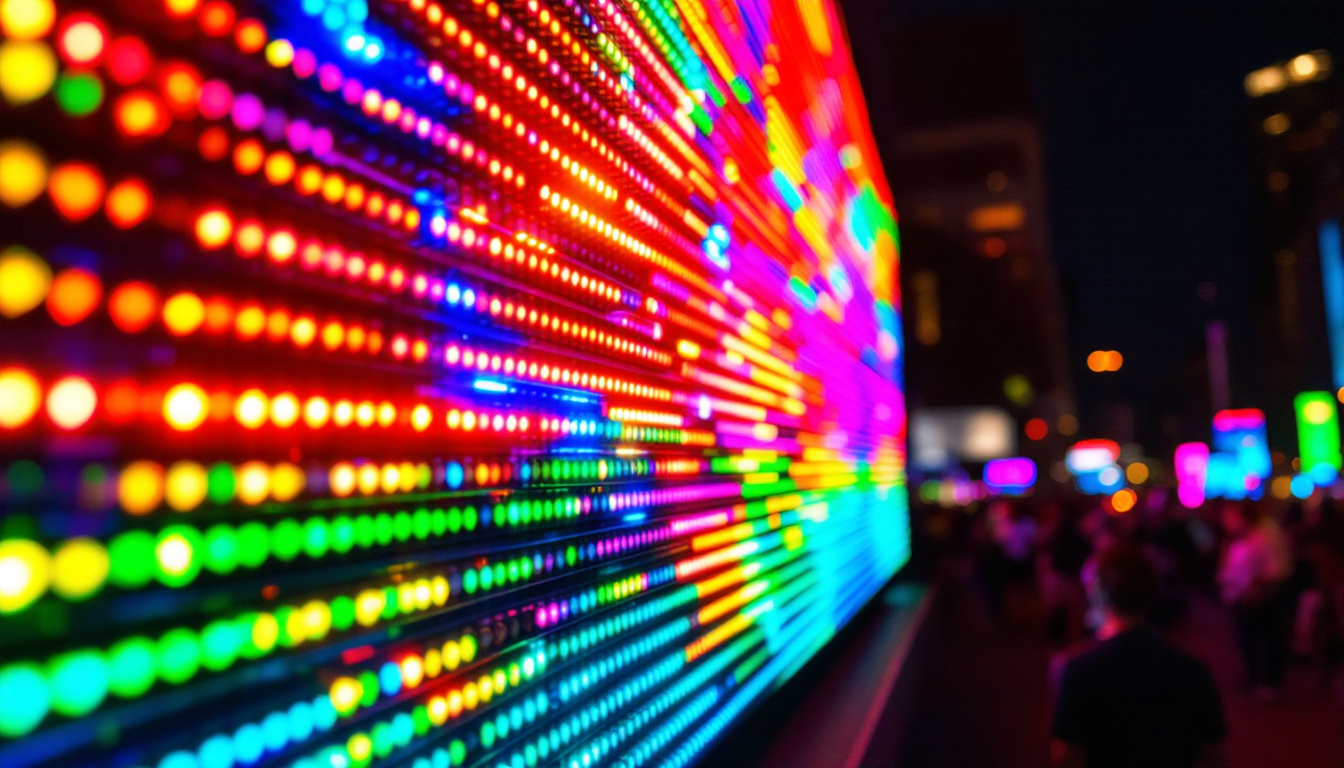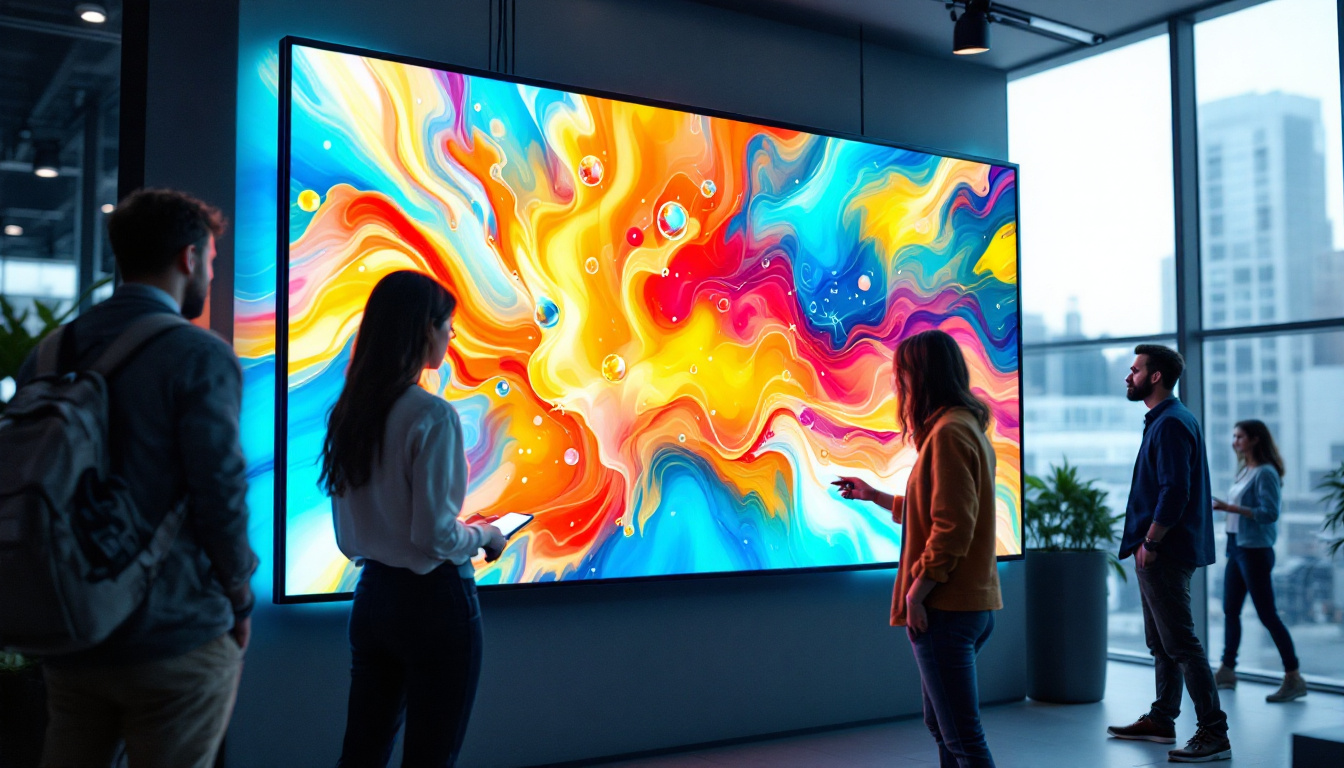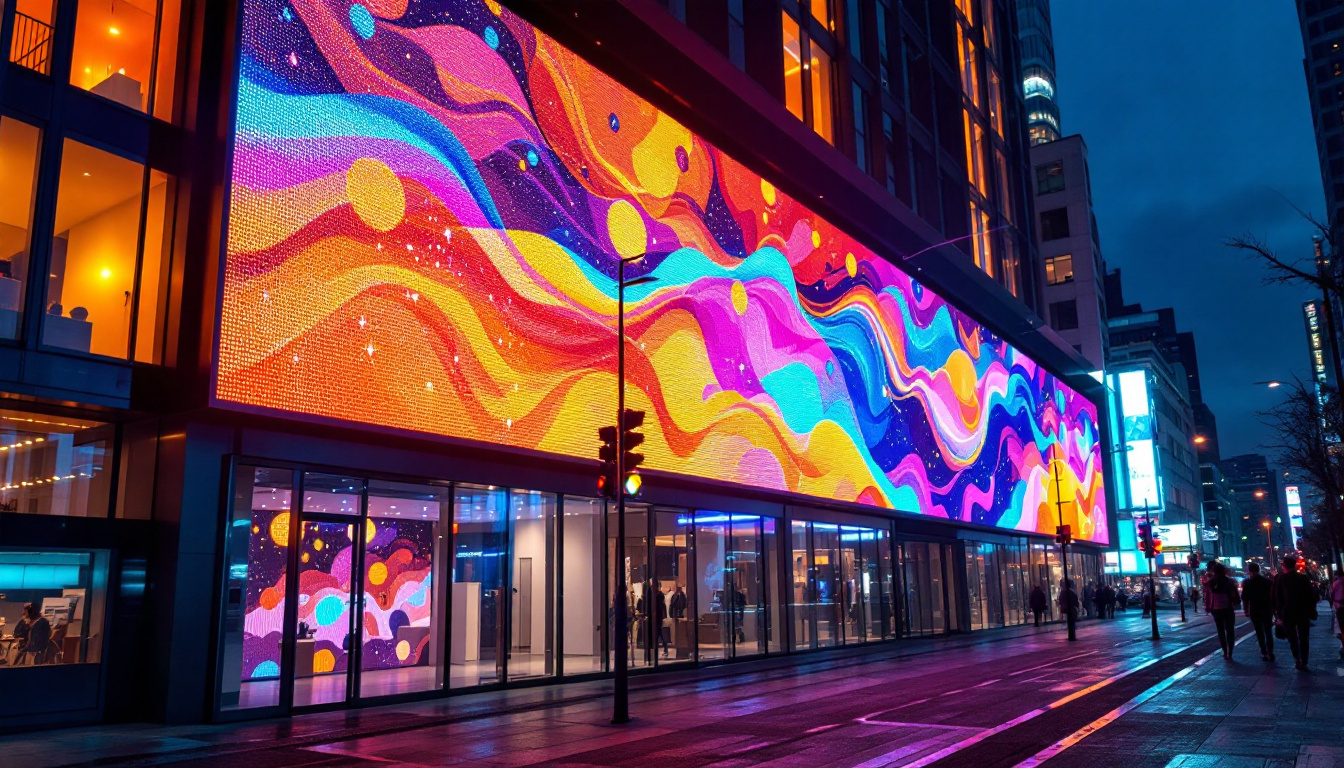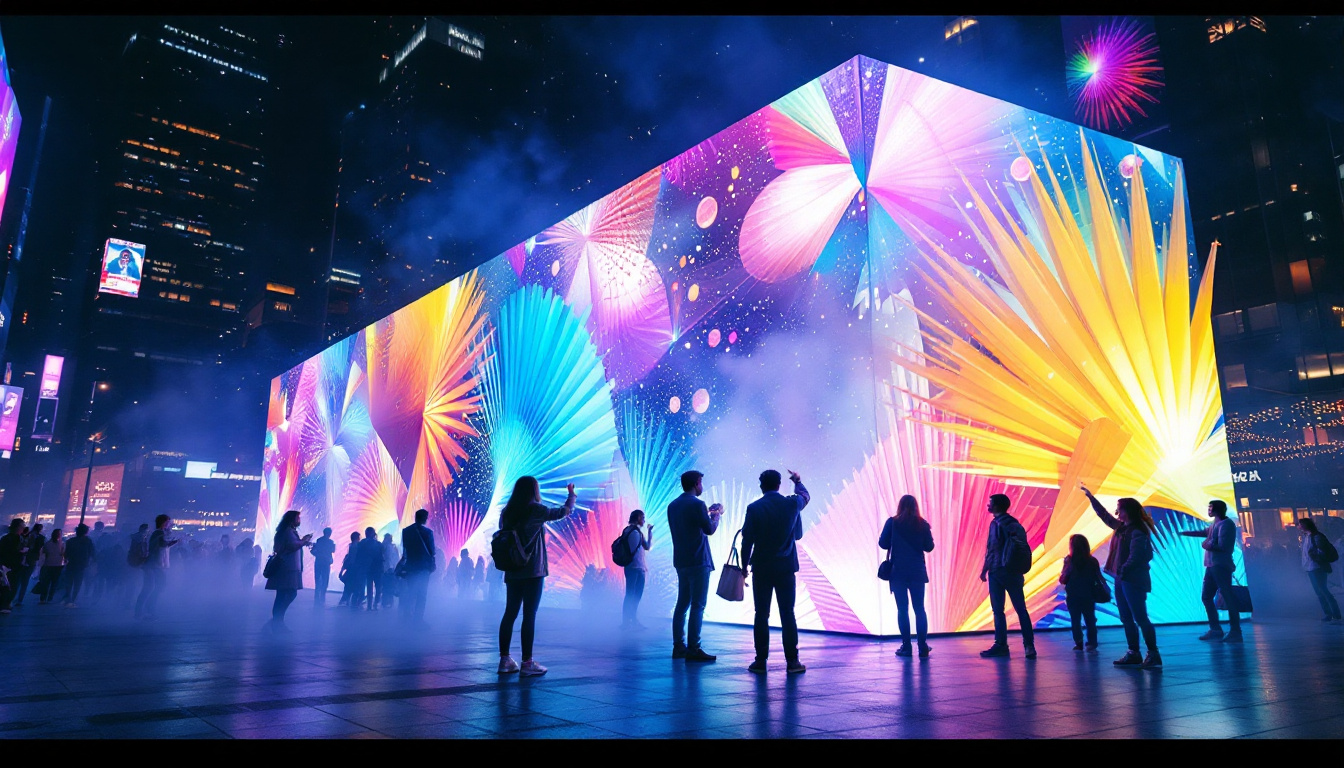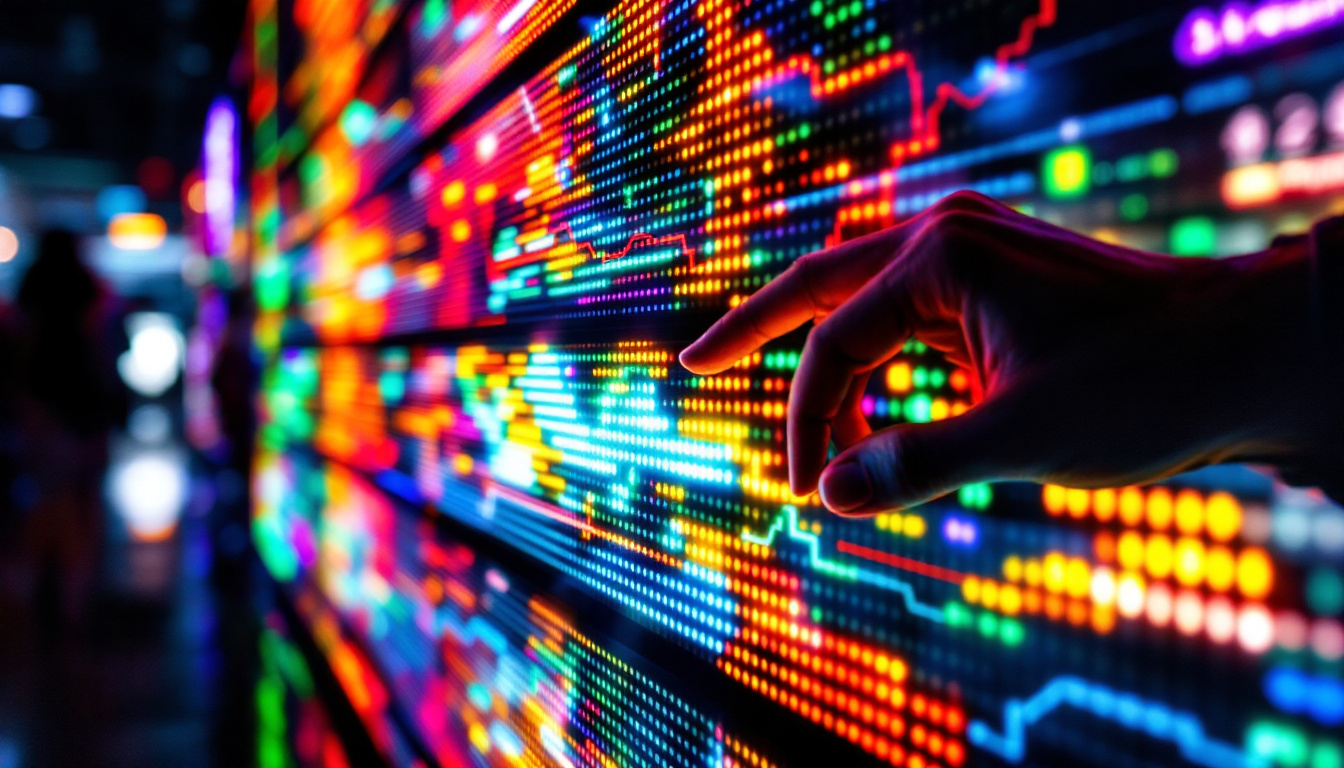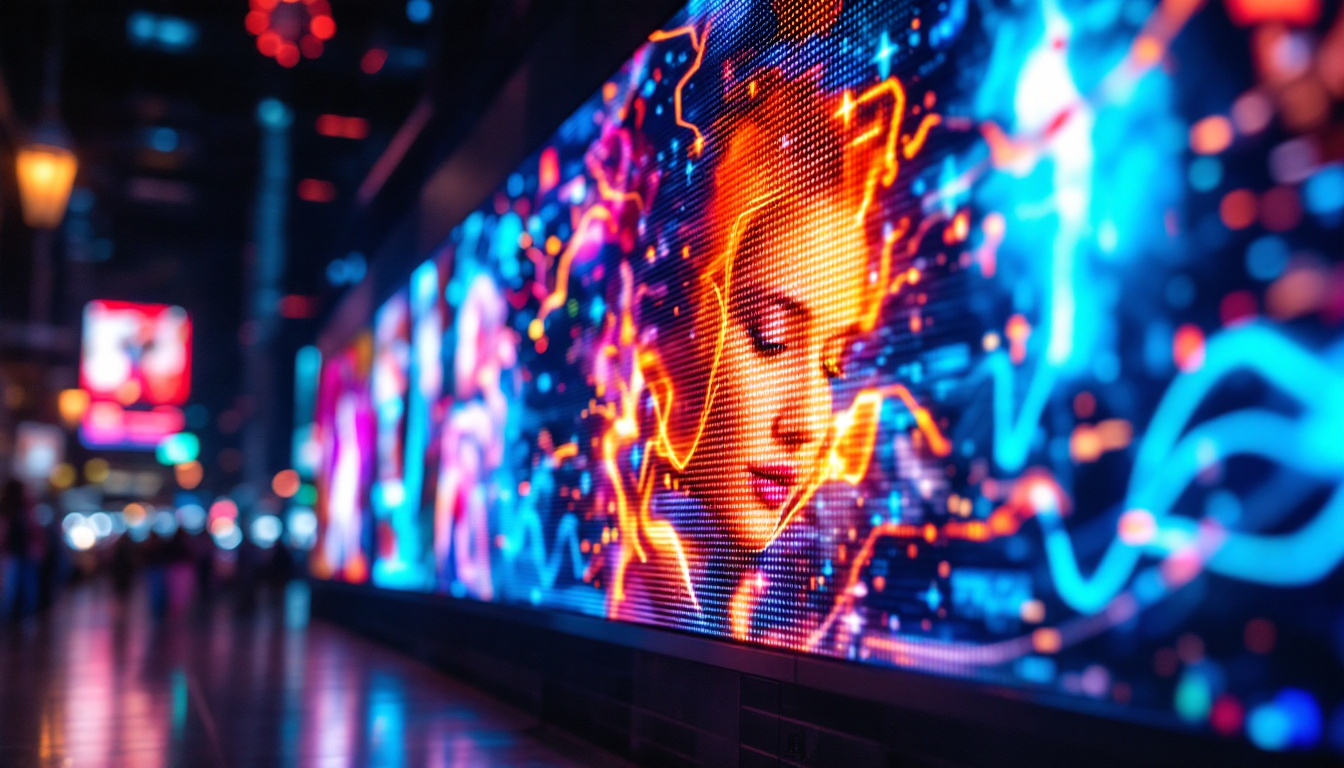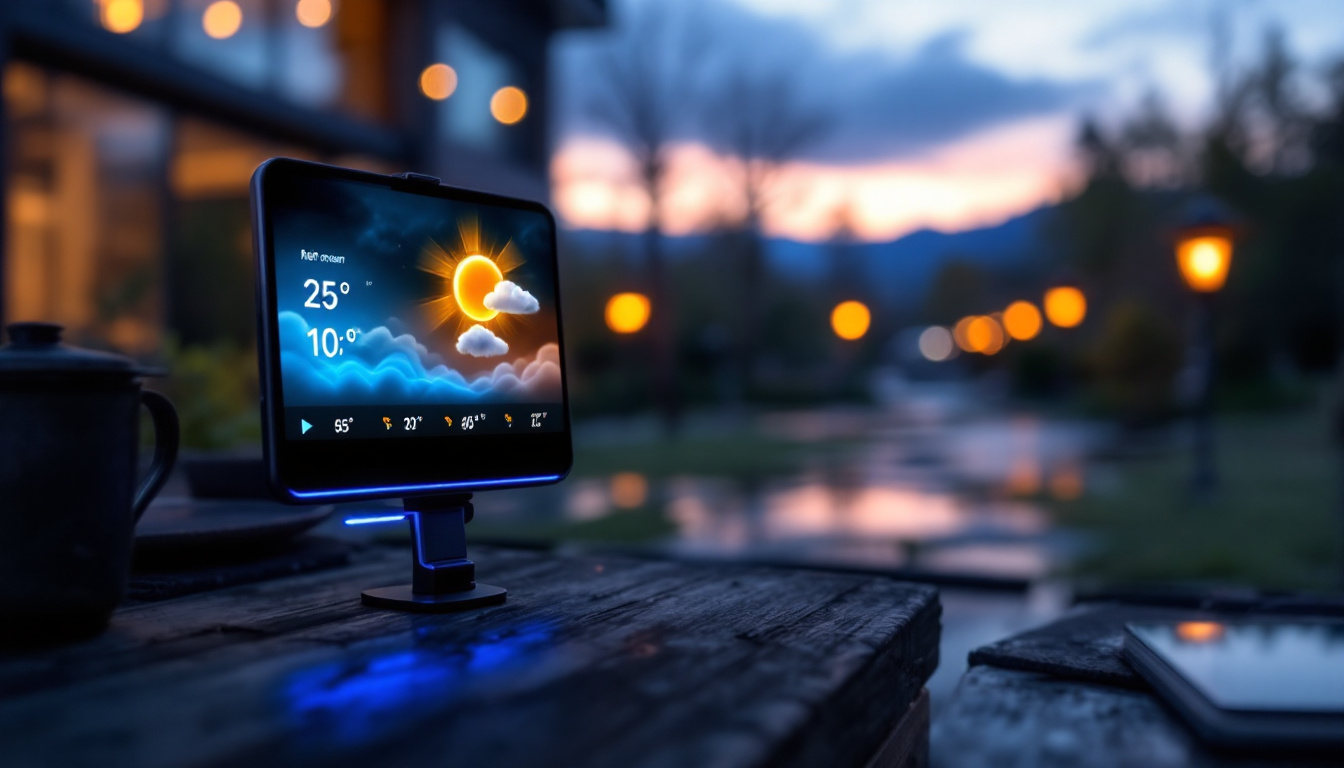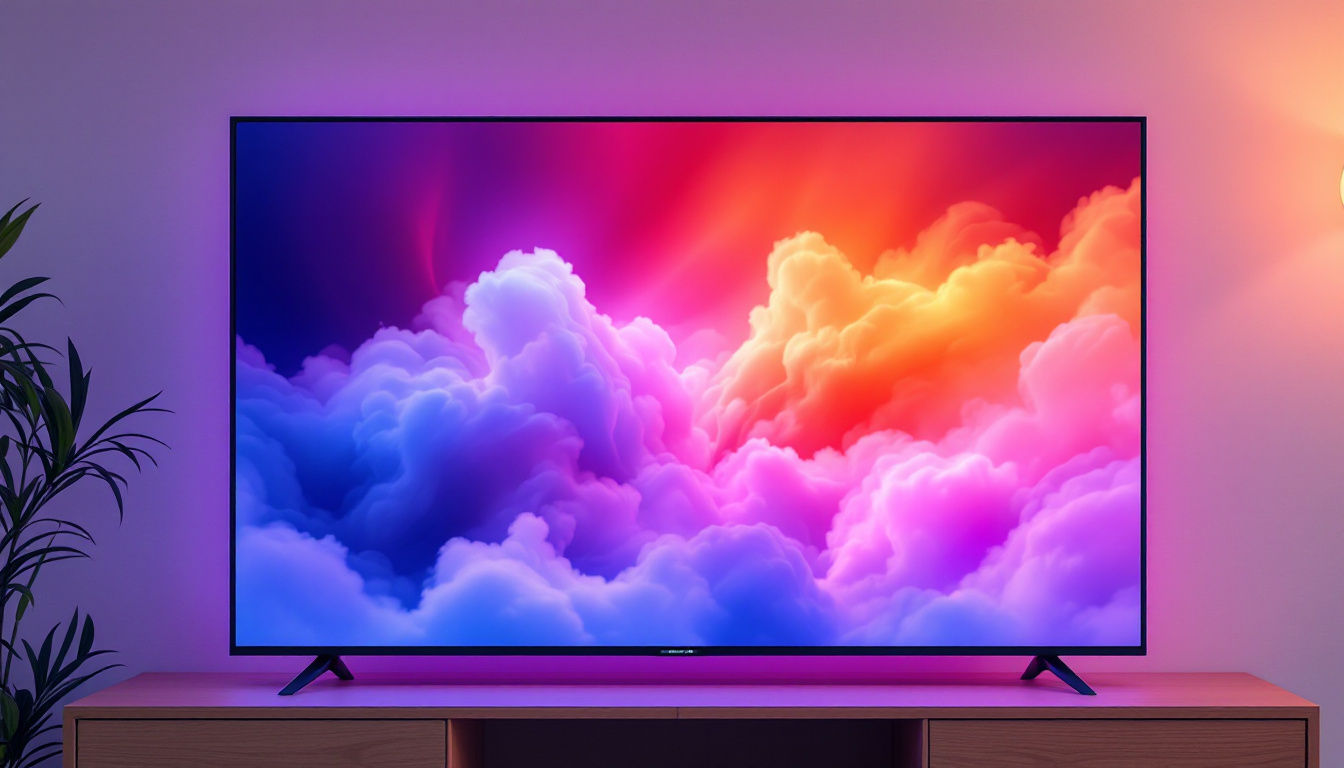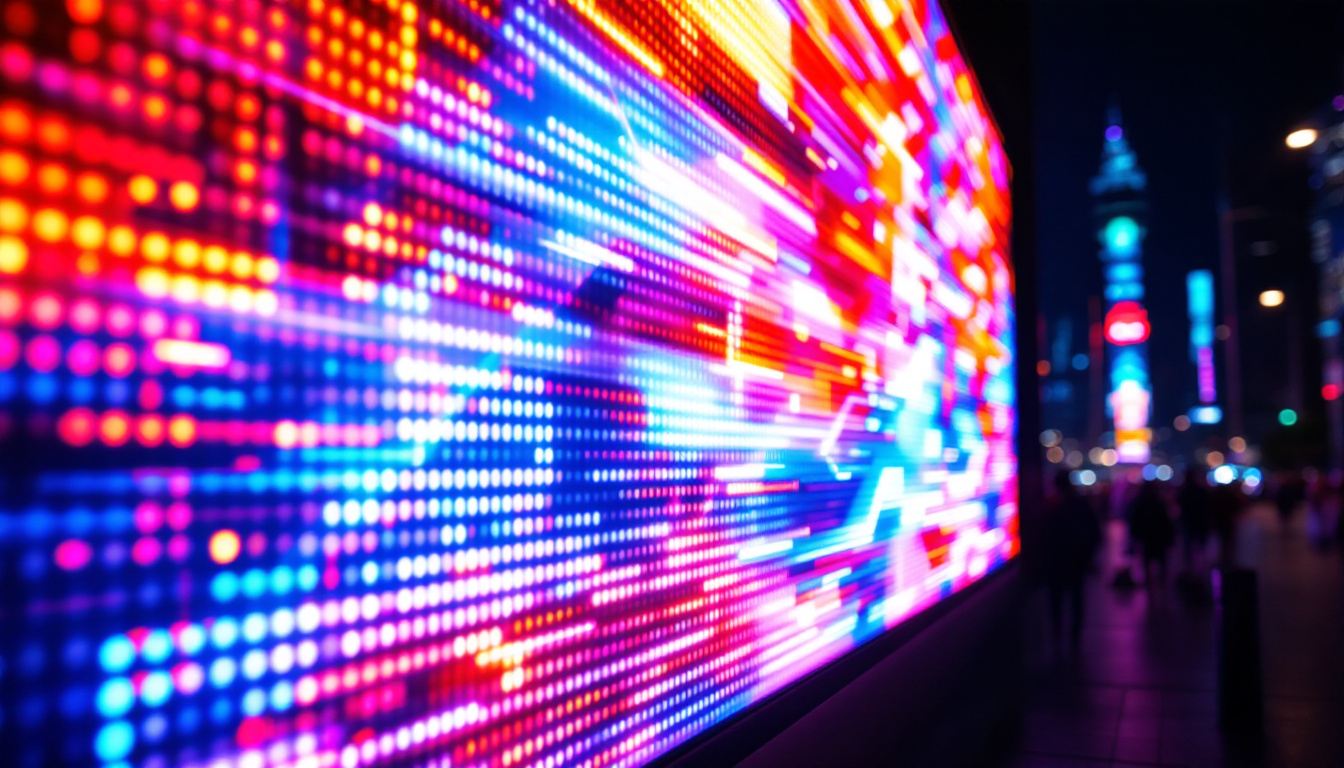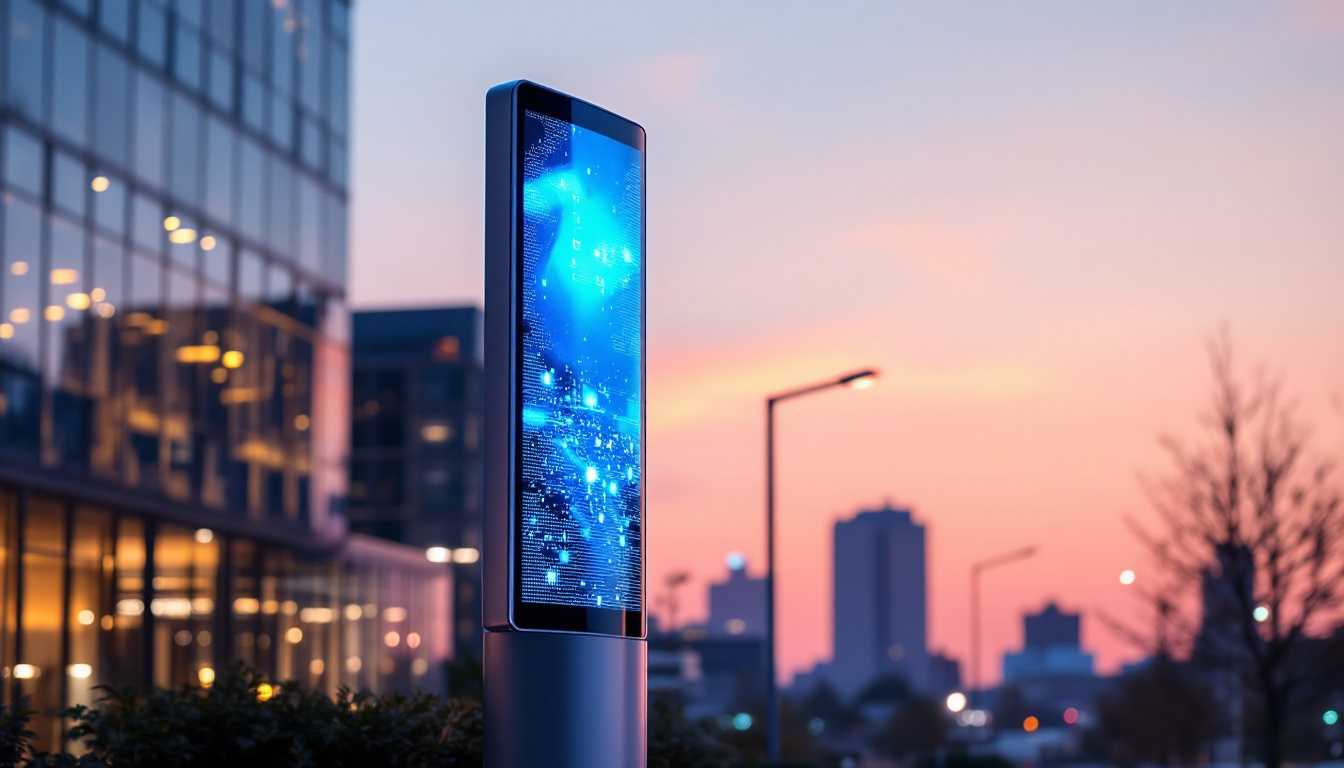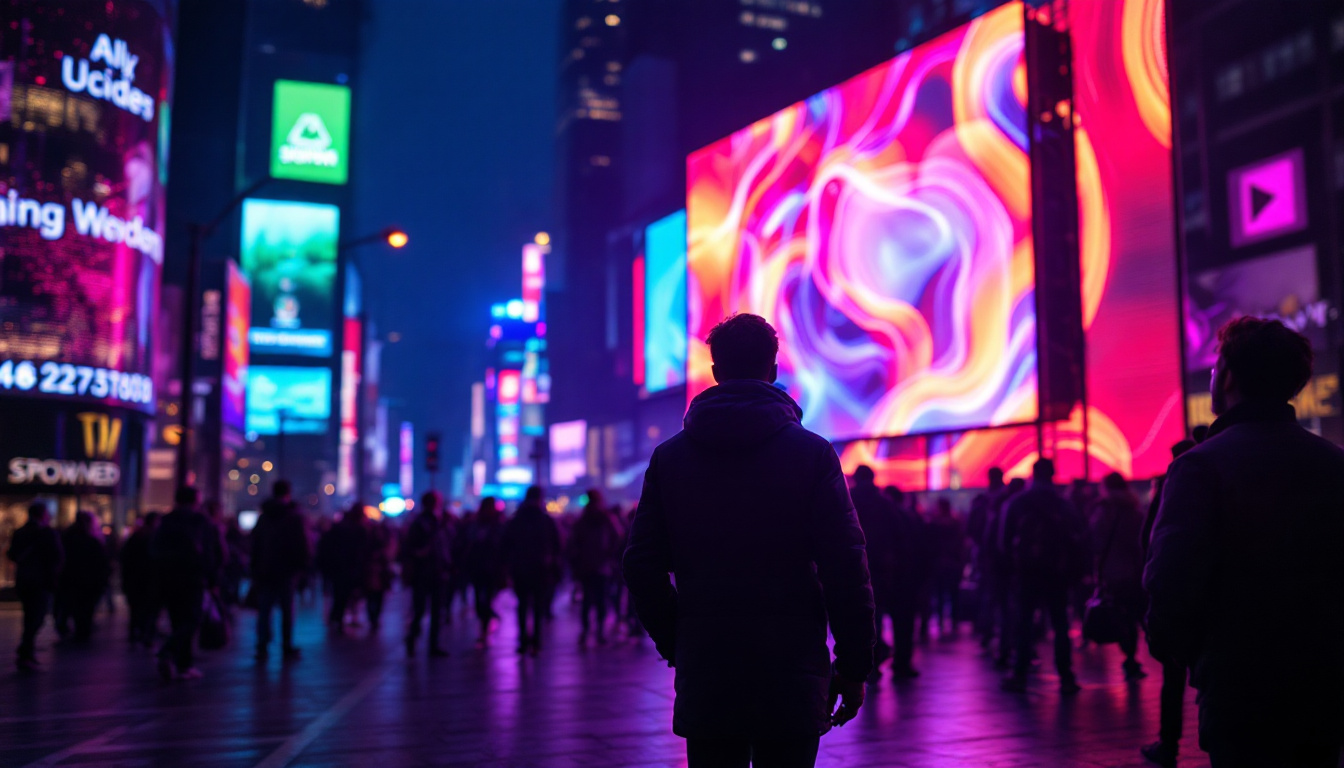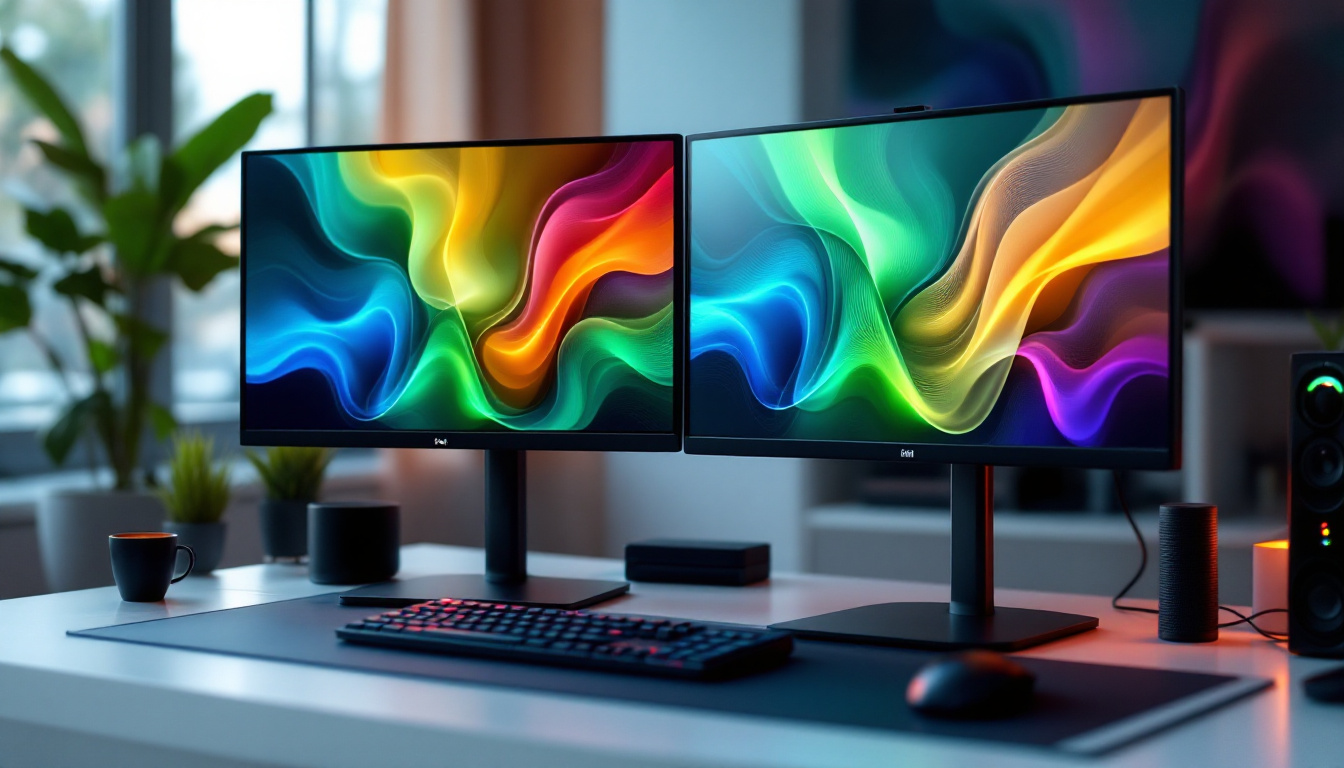In the competitive landscape of trade shows, capturing the attention of potential clients and partners is paramount. One of the most effective ways to achieve this is through the use of LED displays. These vibrant, dynamic displays not only enhance the visual appeal of a booth but also serve as powerful tools for communication and branding. This article will delve into the various aspects of LED displays in trade show settings, exploring their benefits, types, and best practices for effective use.
The Importance of LED Displays in Trade Shows
LED displays have revolutionized the way businesses present themselves at trade shows. Their bright colors, high resolution, and ability to showcase moving images make them stand out in a crowded environment. As attendees navigate through rows of booths, a well-placed LED display can capture their attention and draw them in.
Enhanced Visibility
One of the primary advantages of LED displays is their visibility. Unlike traditional banners or printed materials, LED screens can be seen from a distance, even in brightly lit venues. This visibility is crucial in a trade show environment where numerous exhibitors compete for attention. The ability to display eye-catching visuals and animations can significantly increase foot traffic to a booth.
Moreover, the brightness of LED displays can be adjusted to suit various lighting conditions, ensuring that the content remains vibrant and engaging regardless of the venue’s atmosphere. This adaptability not only enhances visibility but also allows exhibitors to create an immersive experience that resonates with attendees. By incorporating vivid imagery and compelling graphics, businesses can effectively communicate their brand message and leave a lasting impression on potential clients.
Dynamic Content Delivery
LED displays allow for the presentation of dynamic content, which can be updated in real-time. This flexibility enables exhibitors to tailor their messages based on audience engagement or to highlight different products throughout the day. For instance, a company might showcase a new product launch during peak hours while displaying testimonials or promotional videos during quieter times. This adaptability ensures that the content remains relevant and engaging.
In addition to real-time updates, LED displays can also integrate interactive elements, such as touchscreens or QR codes, which encourage audience participation. This interactivity not only enhances the visitor experience but also provides valuable data on consumer preferences and behaviors. By analyzing this data, businesses can refine their marketing strategies and improve their offerings, making LED displays an essential tool for both immediate engagement and long-term growth in a competitive trade show landscape.
Types of LED Displays
When considering LED displays for trade shows, it is essential to understand the different types available. Each type serves distinct purposes and can be selected based on specific needs and booth designs.
Indoor LED Displays
Indoor LED displays are designed for use in enclosed spaces, such as convention centers and exhibition halls. These displays typically feature higher pixel densities, resulting in sharper images and text. They are ideal for showcasing detailed graphics, videos, and presentations. Indoor displays often come in various sizes and can be configured in different shapes to fit the booth layout.
Outdoor LED Displays
Outdoor LED displays are built to withstand the elements and are often used for larger-scale advertising. These displays have lower pixel densities compared to indoor models but are designed to be visible in bright sunlight. Outdoor displays are typically larger and can be mounted on structures or used as freestanding units. Their robust construction ensures durability, making them suitable for outdoor trade show events.
Modular LED Displays
Modular LED displays offer flexibility in design and configuration. They consist of individual panels that can be assembled in various shapes and sizes, allowing exhibitors to create custom displays that fit their specific booth requirements. This adaptability is particularly beneficial for brands that want to create unique visual experiences that stand out from the competition.
Benefits of Using LED Displays
The integration of LED displays into trade show booths offers numerous advantages that can enhance overall effectiveness and engagement. Understanding these benefits can help exhibitors make informed decisions about their display strategies.
Cost-Effectiveness
While the initial investment in LED technology may seem high, the long-term cost-effectiveness cannot be overlooked. LED displays are energy-efficient and have a longer lifespan compared to traditional display methods. Additionally, the ability to update content digitally eliminates the need for printing new materials, reducing ongoing costs associated with booth displays.
Increased Engagement
LED displays naturally draw attention and can significantly increase visitor engagement. The combination of motion, color, and sound creates an immersive experience that captivates attendees. By incorporating interactive elements, such as touch screens or QR codes, exhibitors can further enhance engagement, encouraging visitors to interact with the display and learn more about the brand.
Brand Visibility and Recognition
Consistent branding is critical in a trade show environment, and LED displays can help achieve this. By using branded visuals, logos, and colors, companies can reinforce their identity and ensure that attendees remember them long after the event. The dynamic nature of LED displays allows for creative storytelling, making it easier for brands to communicate their message effectively.
Best Practices for Using LED Displays
Content is Key
The content displayed on LED screens should be carefully curated to align with the overall goals of the trade show. High-quality visuals, concise messaging, and relevant information are essential for capturing attention. It is advisable to keep text minimal and focus on strong visuals that convey the message quickly. Additionally, incorporating videos or animations can enhance engagement and retention.
Strategic Placement
The placement of LED displays within the booth is crucial for visibility and impact. Ideally, displays should be positioned at eye level and in areas where they can be easily seen from a distance. Consideration should also be given to foot traffic patterns, ensuring that displays are positioned to attract attendees as they approach the booth.
Interactivity and Engagement
Incorporating interactive elements into LED displays can significantly enhance visitor engagement. Touch screens, live polls, or gamified experiences encourage attendees to interact with the content, making their experience more memorable. Providing incentives, such as giveaways or exclusive content, can further motivate visitors to engage with the display.
Challenges and Considerations
While LED displays offer numerous benefits, there are also challenges and considerations that exhibitors should be aware of when incorporating this technology into their trade show strategy.
Technical Issues
One of the primary challenges associated with LED displays is the potential for technical issues. Malfunctions or connectivity problems can disrupt presentations and negatively impact the overall experience. To mitigate this risk, it is essential to conduct thorough testing before the event and have backup plans in place, such as alternative content or additional support staff.
Cost and Budgeting
As mentioned earlier, the initial investment for LED displays can be significant. Exhibitors must carefully consider their budget and weigh the costs against the potential return on investment. Exploring rental options or partnering with display companies can help reduce costs while still achieving a professional look.
Content Management
Managing content for LED displays can be a logistical challenge, especially for larger booths with multiple screens. It is crucial to have a clear content strategy and designated personnel responsible for updating and managing the displays throughout the event. This ensures that the content remains fresh and relevant, maximizing engagement opportunities.
Future Trends in LED Displays
The landscape of LED displays is continually evolving, with new technologies and trends emerging that can further enhance their effectiveness in trade shows. Staying informed about these trends can help exhibitors remain competitive and innovative.
Advancements in Technology
As technology progresses, LED displays are becoming more sophisticated. Innovations such as flexible LED screens, transparent displays, and improved resolution are paving the way for new possibilities in booth design. These advancements allow for more creative and immersive experiences, enabling brands to push the boundaries of traditional trade show displays.
Integration with Augmented Reality (AR)
Augmented reality is gaining traction in the trade show industry, and integrating AR with LED displays can create unique experiences for attendees. By overlaying digital content onto the physical environment, brands can offer interactive storytelling that captivates and engages visitors in unprecedented ways. This fusion of technologies is likely to become a staple in future trade shows.
Sustainability Considerations
As sustainability becomes increasingly important in all aspects of business, LED displays are also evolving to meet these demands. Many manufacturers are focusing on creating eco-friendly displays that use less energy and are made from recyclable materials. Exhibitors should consider these options when selecting displays, as they can enhance brand reputation and appeal to environmentally-conscious attendees.
Conclusion
LED displays have become an integral part of trade show displays, offering unmatched visibility, dynamic content delivery, and enhanced engagement opportunities. By understanding the various types of LED displays, their benefits, and best practices for effective use, exhibitors can create impactful presentations that resonate with their audience. As technology continues to advance, staying informed about trends and innovations will be essential for brands looking to maintain a competitive edge in the ever-evolving trade show landscape.
Ultimately, the successful integration of LED displays into trade show strategies can lead to increased brand recognition, improved customer engagement, and a higher return on investment. As the industry continues to evolve, embracing these technologies will be crucial for businesses aiming to make a lasting impression at trade shows.
Discover LumenMatrix LED Display Solutions
Ready to elevate your trade show presence and captivate your audience with unparalleled visual experiences? LumenMatrix is at the forefront of LED display innovation, offering a comprehensive range of solutions tailored to your unique needs. From Indoor and Outdoor LED Wall Displays to specialized options like Vehicle, Sports, and Floor LED Displays, our technology is designed to make your brand shine. Embrace the future of visual communication with our Custom, All-in-One, and Transparent LED Displays. Check out LumenMatrix LED Display Solutions today and transform how you engage with your audience at your next trade show.

